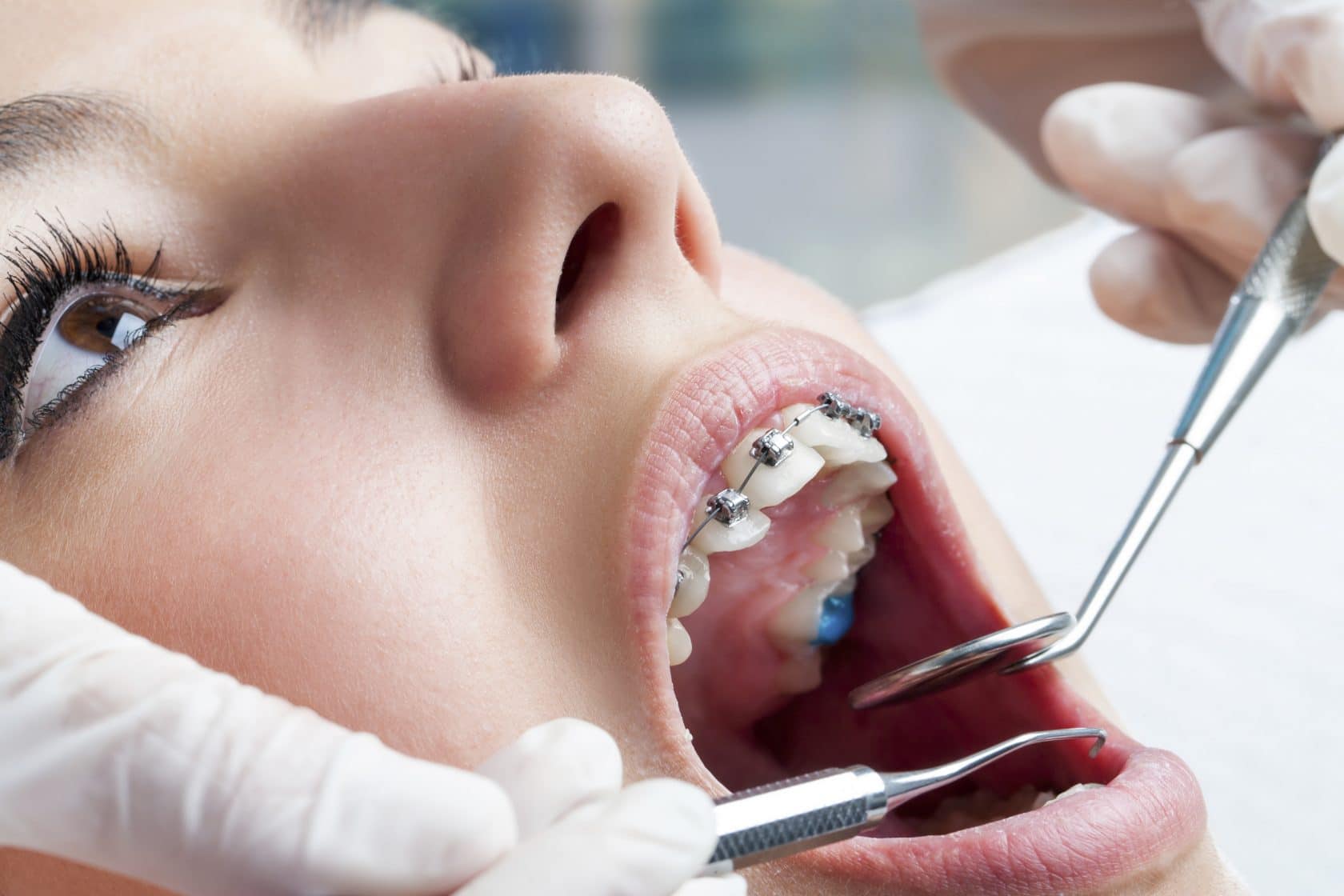How Cumming Orthodontics Addresses Common Braces and Invisalign Worries
How Cumming Orthodontics Addresses Common Braces and Invisalign Worries
Blog Article
Comprehensive Overview to Orthodontics Procedures for Remedying Oral Imbalances
Comprehending the details of each procedure, including their systems, advantages, and prospective downsides, is important in making informed choices about one's orthodontic treatment. As we navigate through the extensive overview to orthodontic treatments for fixing dental misalignments, the complex information of each technique will unravel, dropping light on the path towards a harmonious and functional dental alignment.
Orthodontic Procedures Overview

In enhancement to clear aligners and typical braces, orthodontists may also recommend other interventions like headgear, palatal expanders, or retainers to deal with certain positioning concerns (cumming orthodontist). These treatments are tailored per person's one-of-a-kind requirements and may include a combination of therapies to attain the desired results. Regular adjustments and tracking are essential components of orthodontic treatment to guarantee progression is on track and to make any necessary modifications along the way. By undergoing orthodontic procedures, individuals can not just achieve a straighter grin however also improve their general dental wellness and feature.
Typical Dental Braces: Just How They Work
When taking into consideration orthodontic treatments for oral misalignments, conventional dental braces stick out as a time-tested technique for remedying teeth positioning. Conventional braces contain brackets, wires, and bands that work together to use continual stress on the teeth, gradually relocating them into the desired alignment. The braces are connected to the teeth making use of an unique adhesive, and the wires are threaded through the brackets. By readjusting the stress of the wires, orthodontists can manage the direction and force used to each tooth, leading them into appropriate placement in time.
As stress is used to the teeth through the braces, the bone bordering the teeth is improved to sustain the brand-new tooth settings. Clients will require routine modifications at the orthodontist's office to ensure the dental braces proceed to use the proper pressure for reliable teeth motion.
Unseen Aligners: Benefits And Drawbacks
These clear, tailor-made trays are essentially unseen when put on, making them an enticing alternative for people looking for an extra cosmetically pleasing orthodontic treatment. Clients can remove the aligners before eating or cleaning their teeth, decreasing the risk of food getting stuck in the device and streamlining the cleaning process.

Surgical Orthodontic Options
Surgical interventions in orthodontics present viable options for attending to complicated oral misalignments that may not be efficiently solved through traditional orthodontic treatments. While conventional braces and undetectable aligners can correct lots of orthodontic concerns, certain instances call for medical intervention to achieve optimal outcomes. Surgical orthodontic choices are commonly advised for severe malocclusions, significant jaw discrepancies, and cases where the underlying bone structure needs alteration to attain correct alignment.
One common surgical orthodontic treatment is orthognathic surgical treatment, which involves repositioning the jaws to correct practical concerns such as difficulty eating or talking. This surgical treatment is commonly carried out in collaboration with an orthodontist that aids align the teeth prior to and after the procedure. Surgical orthodontics may likewise involve procedures to reveal influenced teeth, remove excess gum cells, or reshape the jawbone to create a much more unified face account.
Before considering medical orthodontic alternatives, patients go through an extensive evaluation to identify the need and possible benefits of such treatments. braces. While surgical procedure might appear complicated, it can significantly boost both the function and aesthetics of the smile in cases where traditional orthodontic treatments fail
Retainers and Post-Treatment Care

Post-treatment treatment entails following the orthodontist's guidelines faithfully. This might consist of proper dental health techniques, attending follow-up visits, and putting on the retainers as suggested. Failing to abide by post-treatment care directions can cause regression, where the teeth gradually move back in the direction of their initial placements. Consistent retainer wear, good dental health, and normal oral exams are vital for keeping the outcomes accomplished via orthodontic surgery and guaranteeing the long-term security of the dealt with dental positioning.
Conclusion
To conclude, orthodontic procedures provide various choices for fixing dental misalignments. Standard dental braces utilize metal braces and cables to change teeth into correct positioning. Unnoticeable aligners offer an even more discreet option but may not be appropriate for all situations. Surgical orthodontic options are readily available for extra severe imbalances. Retainers are frequently made use of post-treatment to keep the new positioning. In general, orthodontic procedures can efficiently improve dental wellness and aesthetic look.
As we navigate via the extensive guide to orthodontic treatments for correcting oral imbalances, the elaborate details of each method will unfold, losing light on the course toward a useful and harmonious oral alignment. - braces
One of the most typical orthodontic therapies is the usage of braces, which consist of steel braces and wires that use gentle stress to slowly shift teeth right into the preferred placement.When thinking about orthodontic treatments for oral imbalances, conventional dental braces stand out as a time-tested technique for fixing teeth positioning. Additionally, unseen aligners may not be suitable for complex orthodontic concerns that need site here even more substantial teeth movement, as they are commonly advised for moderate to moderate situations. Retainers are personalized orthodontic tools developed to hold teeth in their remedied settings after the conclusion of orthodontic treatment.
Report this page